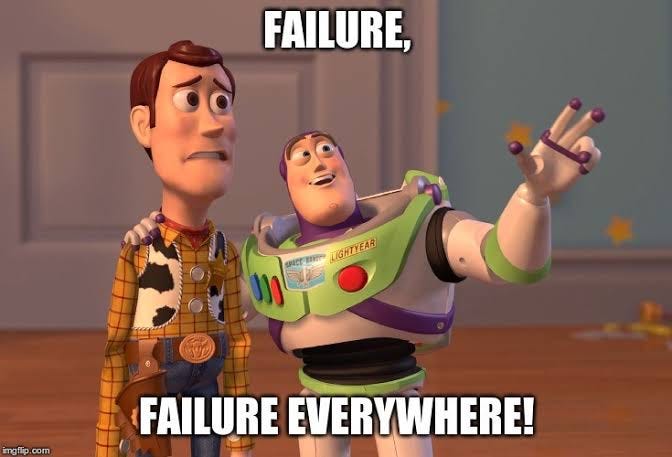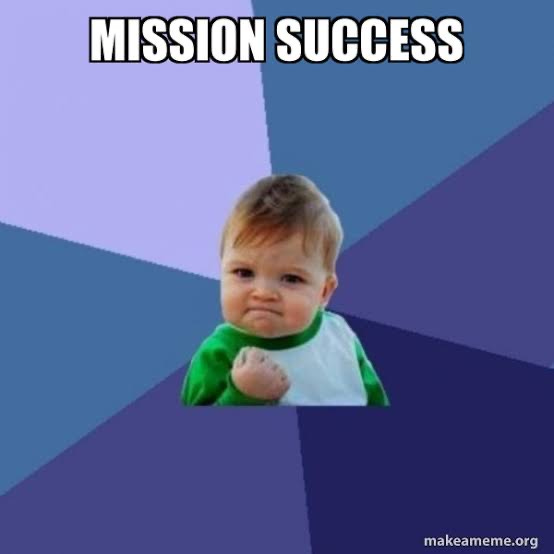The Power of Experimentation in Science Communication (BTL #5)
Big Risk, Big Results, and Big Lessons
I’ll never forget the moment when one bold experiment changed how we approached science communication at 54gene.
It was World Cancer Day, and we wanted to do something different—something that would cut through the noise and truly resonate with people. Our Creative Director had an idea:
"What if we used audio?"
At first, I wasn’t sure. Our content had always been visual—carousels, infographics, written posts. But this was different. It was raw. It was human.
The plan? Get the people behind our work—our scientists and researchers—to speak directly to our audience. No scripts, no over-polished messaging. Just real voices, sharing why they believed in the work we were doing and why it mattered for cancer research in Africa.
We took the risk.
And it became our most engaged campaign in history.
The power of hearing real people, not just reading words, but actually hearing their belief, their passion, their conviction, struck a chord. It wasn’t just another campaign. It was a connection.
Not Every Experiment Lands, And That’s Okay
Of course, not every idea works out this way.
There was another time when we pitched a long-form interview with an executive team member. The goal? To showcase leadership insights and strategic vision.
It made perfect sense on paper.
But when we published it, the response was…underwhelming. The post lacked engagement, the article didn’t get much traction, and it was clear that the audience wasn’t as excited about it as we were.
And that’s the thing about testing new strategies: Sometimes you strike gold, and sometimes you learn what doesn’t work.
Why Testing Matters in Science Communication
In a field like biotech and healthcare, where trust and clarity are everything, it’s easy to play it safe. To stick to what has “always worked.” To avoid risks.
But safe messaging doesn’t always mean effective messaging.
Testing helps you:
🔹 Discover what truly resonates. You don’t know how your audience will respond until you put something out there.
🔹 Stay ahead of the curve. The best brands aren’t just reactive, they’re experimenting and leading conversations.
🔹 Turn failures into insights. A “flop” isn’t a failure if it teaches you something valuable for next time.
How to Test New Strategies Without Risking It All
Taking risks doesn’t mean jumping in blindly. Here’s how to experiment smartly:
1️⃣ Pilot internally first.
Before launching a full-scale campaign, test it within a small team or trusted audience. Gather initial reactions and refine the messaging.
2️⃣ Start small.
You don’t have to overhaul your entire strategy overnight. Try a single post, a short video, or a new format before scaling.
3️⃣ Get feedback.
Not just from internal teams, but from the actual audience you’re trying to reach. What did they find valuable? What didn’t land?
4️⃣ Measure success differently.
Not every test will result in high engagement numbers—but did it spark meaningful conversations? Did it reach the right people? Did it help refine your strategy?
Big Risks, Big Rewards, Big Lessons
The best science communicators aren’t just messengers. They’re storytellers, strategists, and risk-takers.
And the truth is, some of the most game-changing ideas come from the willingness to try something new.
Not everything will be a hit. But the only real failure is never trying in the first place.
🚀 The Bottom Line
Some strategies will surprise you. Some will disappoint you.
But all of them will teach you something.
So test, tweak, refine, and try again. The next big thing might just be waiting on the other side of that experiment.
And if you need a nudge to take that leap? Consider this it.
✨ If you’ve ever tested a strategy that totally surprised you—good or bad—I’d love to hear about it! Let’s discuss in the comments.
Warmly,
Faridah.






